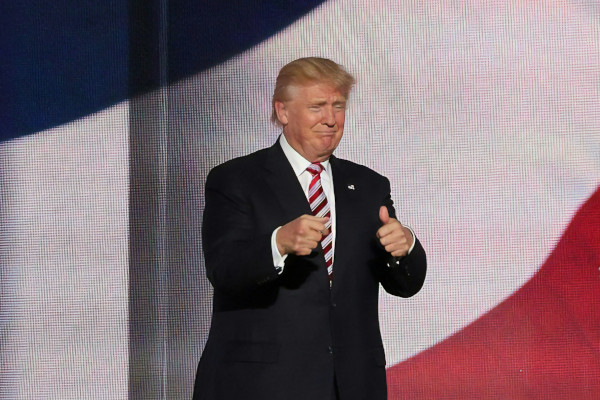The great tariff standoff

In what many economists have described as the most significant escalation of global trade tensions in decades, President Donald Trump's second administration has reignited aggressive tariff policies that are sending shockwaves through the world economy. What began as campaign promises has rapidly materialized into concrete action, leaving trading partners scrambling to respond and businesses worldwide reassessing their operational strategies.
"The tariffs are going to make us very rich and very strong," Trump proclaimed in February 2025 as he imposed tariffs on both allies and adversaries alike. His objectives are to reduce trade deficits, reshore manufacturing jobs, and addressing national security concerns.
The international response has been swift and decisive. Even longstanding allies like Canada and the European Union have announced retaliatory tariffs on billions worth of American goods, targeting everything from agricultural products to manufactured items.
As the largest importer in the world in 2024 ($4.11 trillion) and the second largest exporter ($3.19 trillion), the United States sits at the center of global trade networks. Any disruption to these flows inevitably ripples throughout the international economy, affecting supply chains, prices, and growth prospects worldwide.
The debate around the tariffs has intensified along predictable lines. Supporters of Trump's approach highlight early manufacturing employment gains in certain sectors and the increased negotiating leverage with major trading partners. Critics argue these short-term benefits are vastly outweighed by increased consumer prices, market volatility, and damaged international relationships that may take years to repair.
Looking forward, there are several possible scenarios for how this trade standoff might evolve. In the most optimistic case, a negotiated de-escalation could occur soon, with tariff reductions exchanged for modest concessions, thereby limiting economic damage. A more concerning possibility is a protracted trade conflict lasting for years, causing significant supply chain disruptions, persistent inflation, and a measurable decline in global trade volumes. The worst-case scenario involves a comprehensive trade war where escalating restrictions severely impact global GDP growth and potentially trigger broader financial instability.
What remains clear amid this uncertainty is that the era of steadily advancing globalization and trade liberalization that characterized the post-Cold War period has now given way to a new age of economic nationalism.